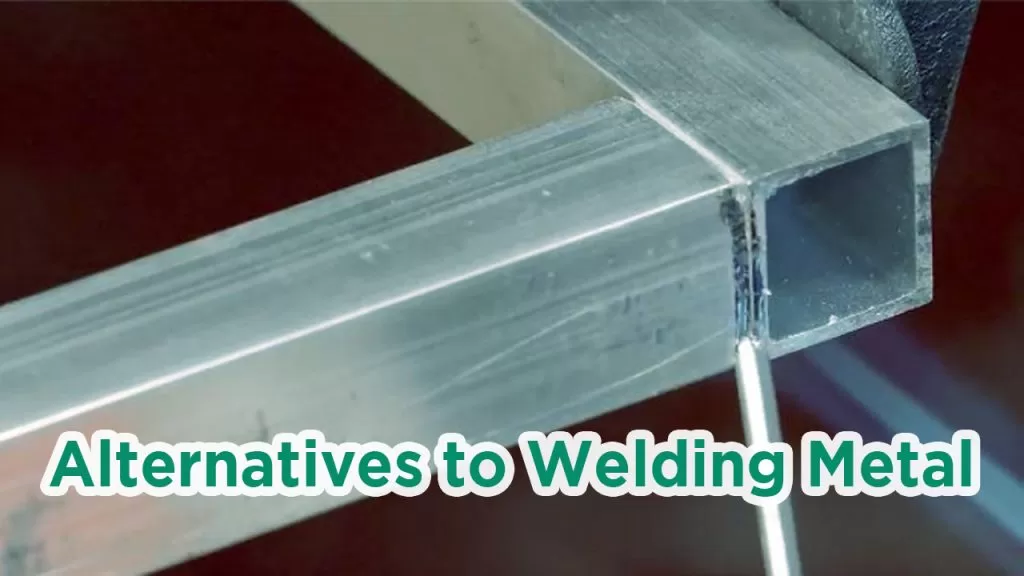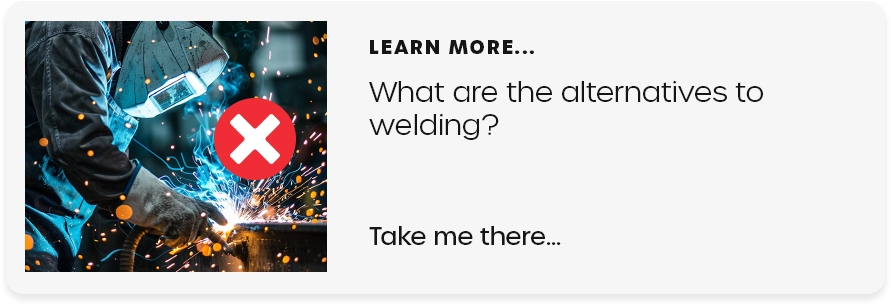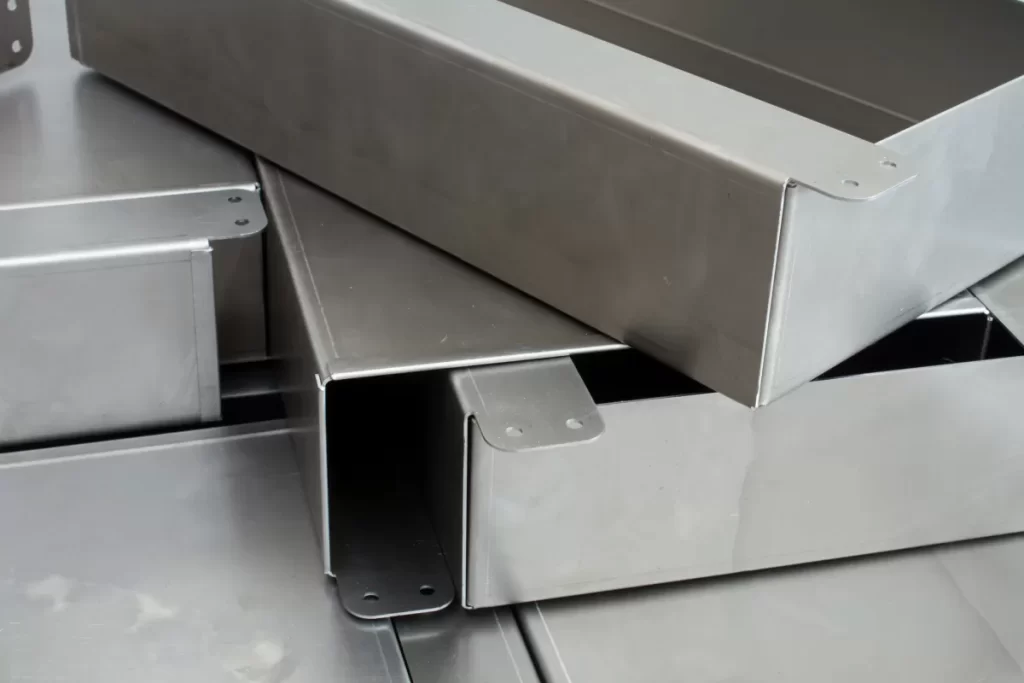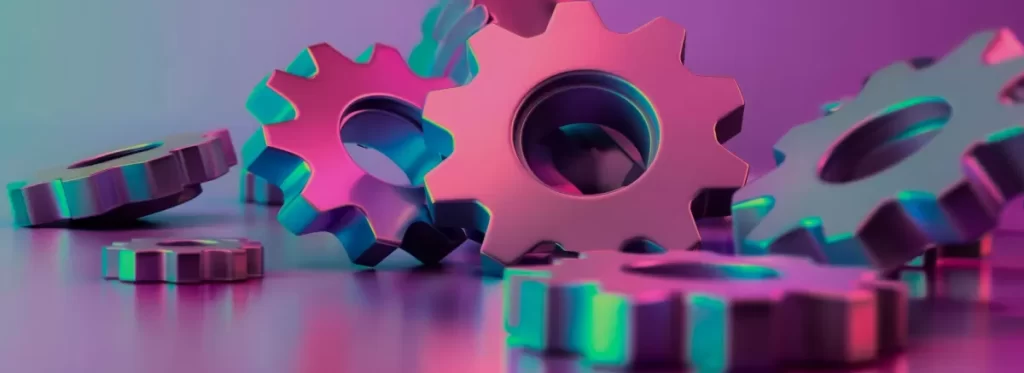Understanding Laser Cut Metal Joining Needs Unique Characteristics and Key Considerations
When working with laser cut metal, joining methods require special attention. Laser cutting offers precise, clean edges and tight tolerances, but the thin or intricate parts can be sensitive to heat and distortion. This means traditional welding isn’t always the best fit, especially when you want to preserve the metal’s structural integrity and fine detail.
Laser cut metal often has a smooth, oxidation-free finish and exact dimensions, which opens up alternative joining options. The key is choosing methods that maintain strength without compromising appearance or causing warping.
Before picking an alternative to welding, consider:
- Material type and thickness: Some metals respond better to adhesives or mechanical fasteners.
- Load and stress: Think about how much force the joint will face in your project.
- Environmental factors: Exposure to moisture, heat, or chemicals can impact the durability of non-welded joints.
- Aesthetic demands: If your project requires a sleek look, visible fasteners or bulky joints may not be ideal.
- Production volume and cost: Some options are better suited for quick assembly or budget-sensitive runs.
At HYCNC, we understand these nuances from years of working with laser cut metal. We help you select the best joining method for your project’s specific needs while maximizing precision and durability.
Top Alternatives to Welding for Laser-Cut Metal

When welding isn’t the best fit, there are several solid options for joining laser-cut metal. Each method works well depending on your project needs.
Adhesive Bonding
Using specialized adhesives designed for metal is a clean, strong way to join parts without heat or damage. It works best for thin metals and designs where you want a smooth finish. Plus, it can reduce stress points compared to welding.
Riveting Pop and Solid Rivets
Rivets—both pop and solid—are popular mechanical fasteners for metal. Pop rivets are great for quick, easy assembly without needing access to both sides. Solid rivets require hammering or pressing but make very strong joints invisible from the outside.
Bolting Nuts and Bolts
Bolts with matching nuts are a classic choice for laser-cut metal assemblies. They’re reliable, easy to install and remove, and perfect when you need a joint that can be tightened or adjusted later. This method is widely accessible and works well for heavier metals.
Self-Clinching Fasteners
These fasteners punch themselves into place in thin sheet metal, creating a permanent threaded hole. Perfect for laser-cut parts where you need strong, reusable screw connections without welding or drilling.
Soldering and Brazing
Both soldering and brazing use heat to join metals with filler materials but at lower temperatures than welding. These methods produce neat, corrosion-resistant joints that work great on delicate or thin laser-cut metals where welding could cause warping.
Each alternative offers benefits depending on your metal type, project budget, and desired finish. Knowing these options helps you pick the right fit for your laser-cut metal joining needs.
Comparing Alternatives Which Method Suits Your HYCNC Project
Choosing the right alternative to welding for joining laser-cut metal depends on a few key factors. Here’s a quick breakdown to help you figure out the best method for your HYCNC project.
Strength and Durability
- Bolting and Riveting offer strong, reliable mechanical joints that hold up well under stress
- Adhesive Bonding works best for lighter loads or when metals are thin—strength improves with surface prep
- Self-Clinching Fasteners provide durable, vibration-resistant fastening ideal for sheet metal
- Soldering and Brazing create permanent bonds but aren’t typically as strong as bolts or rivets
Cost and Accessibility
- Adhesives and Soldering require minimal hardware but may need special materials and surface prep
- Bolts, Nuts, and Rivets are widely available and cost-effective for most applications
- Self-Clinching Fasteners can be pricier but speed up assembly and reduce labor costs
Aesthetic and Functional Considerations
- Adhesives create clean, smooth surfaces with no visible hardware, perfect when looks matter
- Rivets and Bolts leave visible heads, which may be desirable for some industrial styles or need covers for a polished look
- Soldering and Brazing also keep joints neat with minimal extra material
Quick Comparison Table
| Alternative | Strength | Cost | Accessibility | Aesthetic | Best Use Case |
|---|---|---|---|---|---|
| Adhesive Bonding | Medium (with prep) | Low-Med | Easy | Very Clean | Light loads, thin metal |
| Riveting (Pop & Solid) | High | Low | Very Easy | Visible hardware | Strong, permanent joins |
| Bolting (Nuts & Bolts) | Very High | Low-Med | Very Easy | Visible hardware | Heavy loads, disassembly |
| Self-Clinching Fasteners | High | Medium | Moderate | Subtle hardware heads | Sheet metal assembly |
| Soldering and Brazing | Medium | Low-Med | Moderate | Clean joints | Small parts, precision |
When working with your HYCNC laser-cut metal parts, think about how your project will be used, the environment, and the look you want. This will steer you to the right non-welding metal bonding method that fits your needs.
How HYCNC Supports Your Joining Process
At HYCNC, we know that joining laser-cut metal parts without welding can be tricky. That’s why we offer precision laser cutting services designed to ensure your metal components fit together perfectly from the start. Clean, accurate cuts mean fewer gaps and better surface finishes, making alternative joining methods like riveting or adhesive bonding more effective.
We also provide custom solutions tailored to your specific project needs. Whether you’re working with aluminum, steel, or specialty alloys, our team can help optimize your designs for mechanical fasteners or brazing, ensuring your assembly stays strong and reliable without resorting to welding.
Case Study A HYCNC Customer Success Story
One of our clients needed to assemble laser-cut parts for a lightweight industrial frame without welding to reduce heat distortion. We delivered laser-cut components with tight tolerances and recommended self-clinching fasteners for fast assembly and solid strength. The result? A durable frame completed on time with excellent fit and finish—all without welding.
You can explore more about our precise cutting capabilities and design tips in our common laser processing methods post. For detailed info on preparing your parts for mechanical fasteners, check out our tapping laser cut holes and designing for countersinking guide.
With HYCNC, you get more than just laser cutting—you get a partner for your entire metal joining process focused on quality and efficiency.
Practical Tips for Joining Laser-Cut Metal
Joining laser-cut metal without welding means paying attention to a few key steps. These tips help you get strong, clean results whether you use adhesives, rivets, or fasteners.
Surface Preparation
- Clean the metal: Remove any oil, grease, or dust. Use a degreaser or rubbing alcohol.
- Smooth edges: Laser cutting leaves sharp edges. Lightly file or sand to avoid injury and improve adhesion.
- Remove rust or scale: If the metal isn’t stainless or aluminum, remove rust with a wire brush or sandpaper.
Tool Requirements
- Adhesive application tools: Brushes or caulking guns for even glue distribution.
- Riveting tools: A hand rivet gun or pneumatic riveter works well for pop rivets.
- Bolting tools: Wrenches or socket sets for tightening nuts and bolts.
- Self-clinching fastener tools: Press or punch tools designed specifically for these fasteners.
- Soldering or brazing equipment: A small torch and heat-resistant gloves.
Safety Considerations
- Always wear eye protection when handling metal edges or tools.
- Use gloves to avoid cuts from sharp laser-cut metal.
- Work in a ventilated area if you’re using adhesives or soldering.
- Follow all tool instructions carefully to avoid accidents.
By following these practical steps, you’ll get better results with your non-welding metal bonding methods and keep your HYCNC laser-cut projects safe and efficient.
FAQs
What are the best alternatives to welding for joining laser-cut metal?
Common non-welding metal bonding methods include adhesive bonding, riveting (pop and solid rivets), bolting with nuts and bolts, self-clinching fasteners, soldering, and brazing. The choice depends on your project’s strength needs, appearance, and cost.
Can adhesives really hold laser-cut metal parts together?
Yes, adhesives designed for metal fabrication can create strong, durable bonds. They’re great when you want clean joins without heat or fastener holes. Surface prep is key for good adhesion.
Are rivets a reliable option for laser-cut metal joining?
Absolutely. Riveting laser-cut parts is popular since it’s quick and doesn’t require special equipment beyond a rivet tool. It works well for assemblies needing strength and some flexibility.
When should I consider bolting my metal assemblies instead of welding?
Bolting is ideal if you need to assemble and disassemble parts easily. It offers strong mechanical fastening and works well for heavier pieces or structural frames.
What are self-clinching fasteners and why use them?
Self-clinching fasteners embed into thin metal sheets, providing a permanent thread without welding. They’re quick to install and keep surfaces clean.
Is soldering or brazing good for laser-cut metal?
Soldering and brazing offer strong joints for metals where welding isn’t suitable. They require heat but less than welding, making them good for delicate or thin metals.
How does HYCNC support the joining process for laser-cut metal?
HYCNC offers precision laser cutting for clean edges, making joins easier and stronger. They also provide custom solutions tailored to your assembly method, ensuring the best fit for your project goals.
What should I keep in mind when joining laser-cut metal?
- Proper surface preparation improves bond strength.
- Use the right tools for your chosen method.
- Follow safety guidelines, especially when working with heat or chemicals.
If you need guidance tailored to your project, HYCNC’s team is ready to help.




